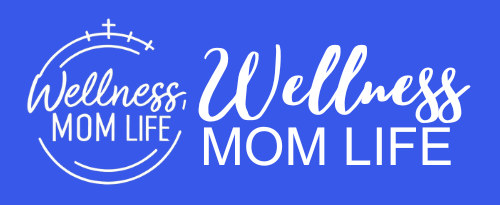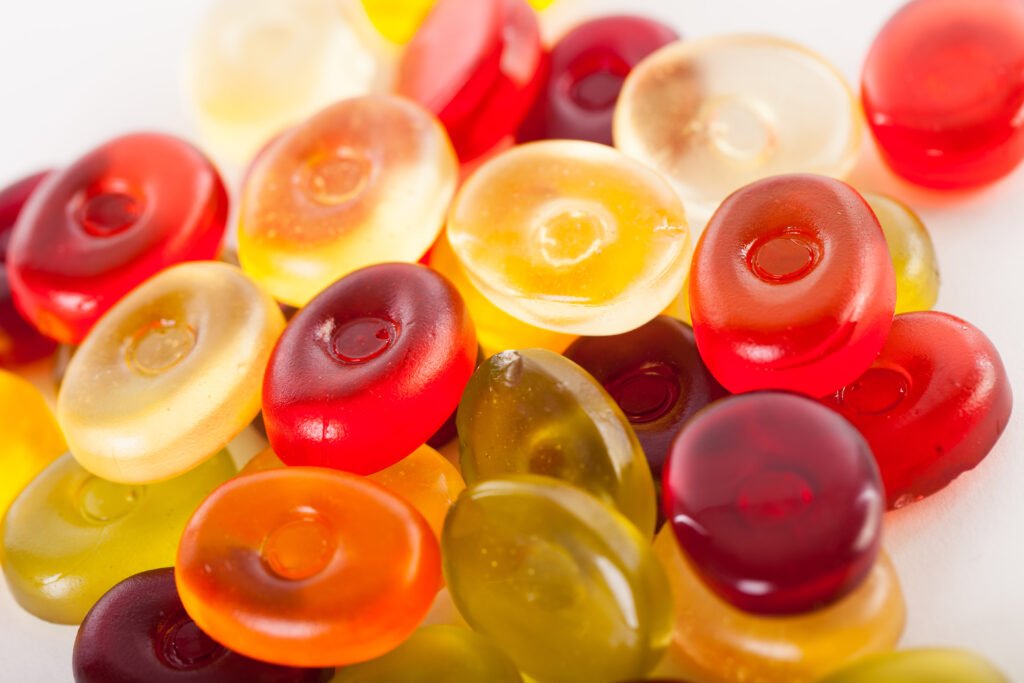Introducing your baby to new foods is exciting and the most conscious process you could ever go through as a parent. You want to ensure that everything they eat is safe, nutritious, and appropriate for their age. But what about Jello? It’s a colorful, wobbly treat that many kids (and adults) love, but is it something you should be feeding your baby? The answer isn’t as straightforward as you think, so let’s pitch into the details.
Understanding What Jello Is
Before deciding whether Jello is suitable for your baby, it’s important to understand what it is. Jello in its most common form, is a gelatin-based dessert in various bright colors and flavors. It’s typically made from water, sugar, artificial flavors, and food coloring, with gelatin being the key ingredient that gives it that unique, jiggly texture. However, gelatin is a protein derived from animal collagen, a natural substance in animal skin, bones, and connective tissues. While gelatin isn’t necessarily harmful, the other ingredients in Jello, such as added sugars and artificial flavors, raise questions about whether it’s appropriate for babies.
Is Jello Safe for Babies?
When considering whether to give your baby Jello, the first thing that should come to your mind is safety. While Jello is not toxic, it does pose some potential risks that parents should be aware of.
1. Choking Hazard
The texture can be fun for older kids and adults but can be a choking hazard for babies, especially those still mastering the art of eating solid foods. Jello’s slippery, wobbly consistency can be difficult for babies to manage, increasing the risk of swallowing large pieces without properly chewing, which could lead to choking.
2. Nutritional Value
Babies need nutrient-dense foods to support their rapid growth and development. Unfortunately, Jello offers very little nutrition. It’s primarily made of sugar, water, and gelatin, with no significant vitamins, minerals, or fiber. Feeding your baby Jello doesn’t contribute much to their nutritional needs and could replace more wholesome foods that provide essential nutrients.
3. Sugar Content
One of the biggest concerns about giving babies Jello is the high sugar content. Most Jello products contain a significant sugar quantity which health experts recommend avoiding in babies’ diets. Excess sugar can lead to a preference for sweet foods, which might make it more challenging to introduce healthier options like vegetables later on. Moreover, too much sugar can contribute to tooth decay, even in babies starting to get their first teeth.
4. Artificial Ingredients
Jello is often loaded with artificial flavors, colors, and preservatives. These additives are generally safe for older children and adults, but their impact on babies isn’t well explained. Some parents prefer to avoid exposing their babies to artificial ingredients, especially in the early stages of introducing solid foods, to reduce the risk of potential allergic reactions or sensitivities.
When Can Babies Eat Jello?
If you’re still considering giving your baby Jello despite the concerns, it’s important to know when it might be more appropriate to introduce it. Experts recommend waiting until your baby is at least one year old before offering them foods high in sugar or artificial ingredients. By this age, your baby’s digestive system is more developed, and they’re likely better at managing different textures.
However, even at one year old, Jello should be an occasional treat rather than a regular part of your baby’s diet. It’s best to focus on offering a variety of whole foods, such as fruits, vegetables, whole grains, and proteins, which provide the nutrients your baby needs to grow and thrive.
Healthier Alternatives to Jello
If you want to offer your baby something fun and colorful that’s similar to Jello, there are healthier alternatives that you can make at home. Here are a few ideas:
1. Homemade Gelatin Treats
You can make gelatin-based treats at home using fruit juice and unflavored gelatin. This allows you to control the ingredients and avoid added sugars and artificial flavors. Choose 100% fruit juice with no added sugars, mix it with unflavored gelatin, and set it in the fridge. These homemade treats still have that fun, wobbly texture but with more natural ingredients.
2. Fruit Purees
If your baby loves sweet and colorful foods, try offering fruit purees instead. Pureed fruits like apples, pears, peaches, and berries are naturally sweet and packed with vitamins and fiber. You can serve them as they are or mix them with plain yogurt for added creaminess.
3. Chia Seed Pudding
Chia seed pudding is another nutritious alternative that has a similar texture to Jello. Mix chia seeds with milk ( breast milk, formula, or any unsweetened plant-based milk) and let it sit overnight in the fridge. The chia seeds absorb the liquid and form a gel-like consistency. You can add mashed fruit or a little vanilla extract for flavor.
So, can babies have Jello? The honest opinion is that while it’s not inherently harmful, it’s not the best choice for a baby’s diet. The potential choking hazard, high sugar content, lack of nutritional value, and presence of artificial ingredients make Jello a less-than-ideal option for babies, especially those under one-year-old. If you want to introduce your baby to fun, colorful foods, consider healthier alternatives that provide the nutrients they need without the added sugars and artificial additives. Homemade gelatin treats, fruit purees, and chia seed pudding are a few options that can be both enjoyable and nutritious for your little one.
Every baby is different, and it’s important to consult with your pediatrician if you have any concerns or questions about introducing new foods. With you focusing on wholesome, nutrient-rich foods you can help set the foundation for a lifetime of healthy eating habits while allowing for the occasional treat as your baby grows older.









